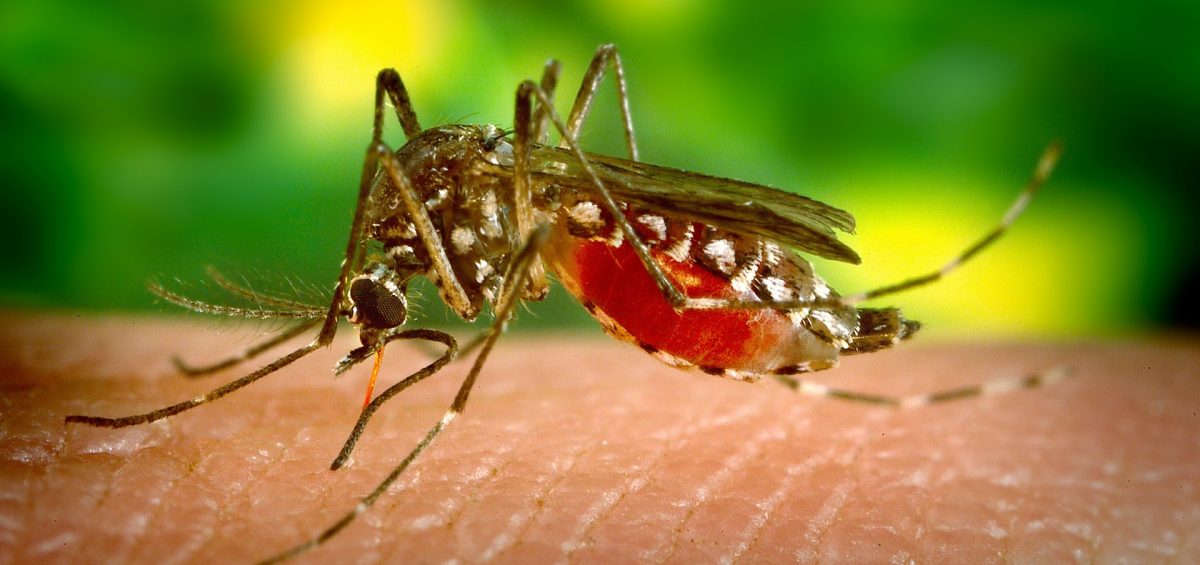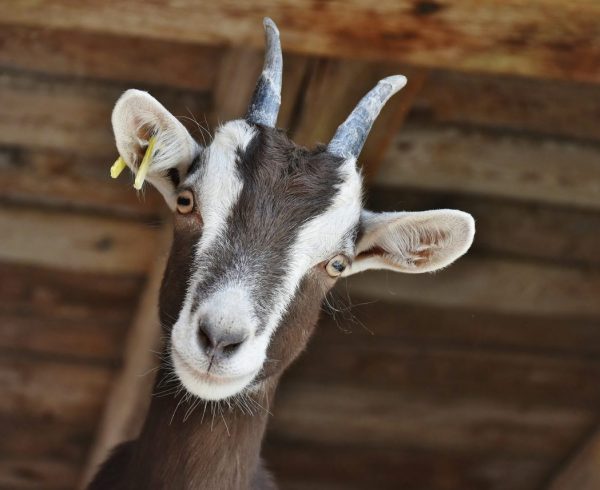Because I work with charities that deal with the effects of malaria, I’m very aware that this mosquito-borne disease is responsible for over a million deaths each year, many of them children under age 5. I’ve written many appeals to help raise funds to prevent and fight against malaria infection.
Plus I hate mosquitoes anyway. Forget body sculpting, at times in my life, mosquitoes have quite literally reshaped my arms, legs and face. I’ve had mozzie bites in places I was never aware of until that familiar itchy heat made me contort into the weirdest positions so I could scratch (or not).
So the idea that CRISPR gene editing could cause the collapse of a disease-carrying population of mosquitoes… well, my immediate reaction was, “Take that, suckers!”
The technique involved altering genes to make the male gene dominant so over time, the mozzies would stop producing females. The altered mozzies were introduced into a population of 450 normal male and females. Within eight generations, the population no longer bred any females… and did not develop resistance to the gene drive.
It’s a small sample and researchers don’t yet know the effects of introducing the technique in the wild.
So what if… what if…
What if… you could wipe out other insect-borne diseases in the same way?
How about ticks that carry Lyme disease? Estimates say it affects over 288,000 people a year in the US. It’s not life-threatening but has uncomfortable symptoms including headaches, rash, fever. If untreated, it can lead to joint pain, paralysis, meningitis and heart problems. Like mosquitoes, it’s only the female ticks that bite and transmit Lyme disease.
Or how about onchocerciasis, also known as river blindness. I’ve also written appeals to raise funds against this terrible disease. It’s caused by a parasite transmitted through the bites of female black flies. It causes severe itching and the eyelashes to turn inwards. This scratches the eye – yes, ouch -and leads to blindness. It affects 18 million people, with 270,000 who are blind.
If this experiment with mozzies pans out and is successful in eradicating malaria… well, there’s a lot of other misery you can prevent if the same technique can be applied to the Lyme disease tick and the river blindness black fly.
But the question is at what cost?
Of course, nobody likes mozzie bites and it would be amazing to finally win the battle against malaria and other diseases passed on by these pesky insects.
But what if deliberately collapsing an insect population has other unintended, undesirable consequences? Living in Australia, we know about the problems of introducing species into our ecosystems. Cane toads (introduced to control the cane beetle), foxes (introduced for recreational hunting) and feral cats (introduced as domestic pets) are all responsible for killing native animals and livestock. Feral cats, in particular, are believed to be responsible for the extinction of some species.
But what if we’re not talking about introducing a species… but eliminating it by hacking their DNA?




Leave a Comment